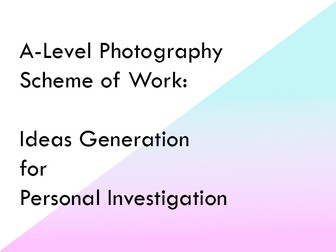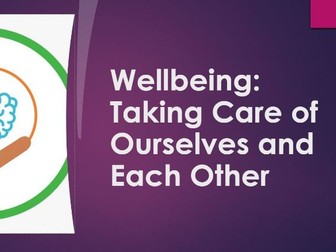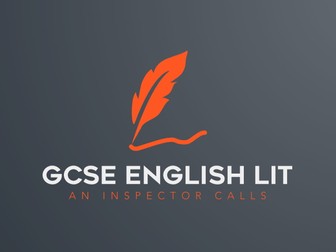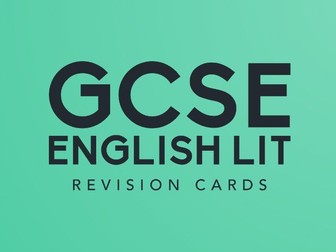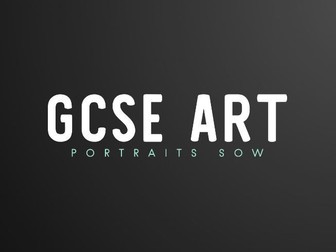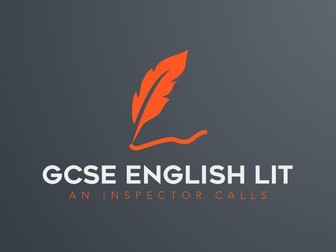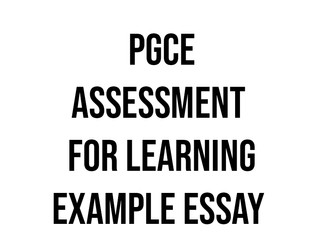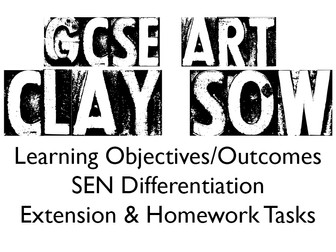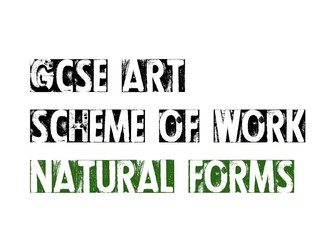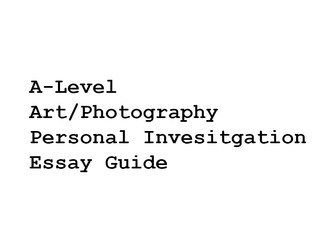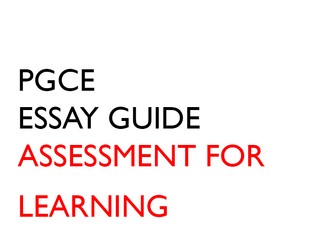Whole School Assembly: Equality, Diversity & Inclusion
<p>Assembly Description: Equality, Diversity, and Inclusion (EDI)</p>
<p>This assembly focuses on the vital principles of equality, diversity, and inclusion (EDI) within our school community. It aims to educate students on the importance of treating everyone fairly, valuing our differences, and creating an inclusive environment where everyone feels welcome and respected.</p>
<p>Content Overview:</p>
<ul>
<li><strong>Understanding Equality</strong>: Discussing the importance of ensuring equal opportunities and fair treatment for all, regardless of background or identity.</li>
<li><strong>Celebrating Diversity</strong>: Highlighting the richness that diverse cultures, perspectives, and experiences bring to our community.</li>
<li><strong>Fostering Inclusion</strong>: Exploring ways to create a supportive and welcoming environment for everyone, challenging exclusion and discrimination.</li>
</ul>
<p>Relevance to PSHE Lessons:<br />
This assembly is an excellent complement to PSHE (Personal, Social, Health, and Economic) education lessons. It reinforces key PSHE themes such as respect for others, understanding diversity, and promoting social inclusion. By integrating these principles into the assembly, students can better understand and apply them in their daily lives, fostering a more empathetic and cohesive school community.</p>
<p>Link to OFSTED Requirements:<br />
The assembly aligns with OFSTED’s requirements for promoting the spiritual, moral, social, and cultural (SMSC) development of pupils. It supports the following OFSTED criteria:</p>
<ul>
<li><strong>Promoting Equality and Diversity</strong>: Encouraging respect for all people and challenging discriminatory behaviour.</li>
<li><strong>Fostering Good Relationships</strong>: Helping students develop positive relationships and a sense of belonging within the school community.</li>
<li><strong>Preventing Bullying</strong>: Addressing issues of bullying and discrimination, and promoting a safe and supportive environment for all students.</li>
</ul>
<p>By addressing these key areas, the assembly not only enhances students’ understanding of EDI but also contributes to the school’s overall effectiveness in meeting OFSTED standards.</p>
<p>This assembly is a valuable opportunity to reinforce the principles of equality, diversity, and inclusion within our school. It supports PSHE education and aligns with OFSTED requirements, helping to create a respectful, inclusive, and supportive school environment for all.</p>

